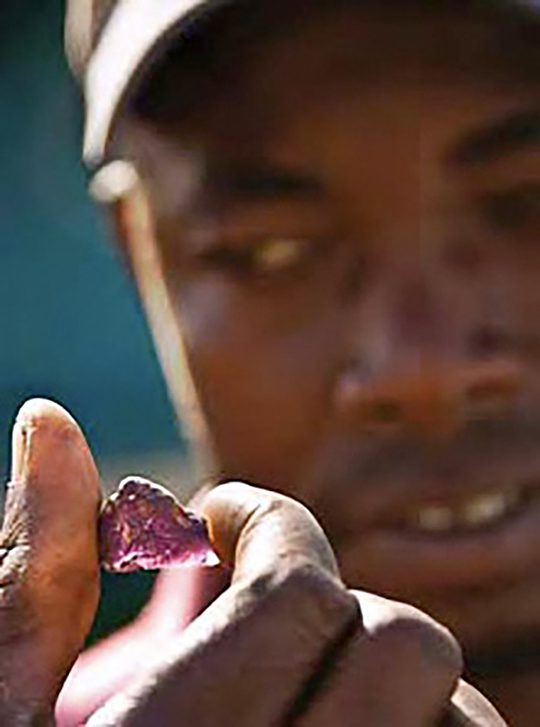Colored stones have a special allure. For centuries, they’ve been treasured by maharajahs, emperors, and kings. They’re mined in the mountains, jungles, and deserts of the world, far from the modern world of most jewelry consumers. Locations are often remote, so access can be challenging.
Source countries sometimes have complicated laws regarding the mining and marketing of gems. A gem’s supply might change from a torrent to a trickle overnight if a country’s government changes its regulations and export procedures. Such changes can have dramatic effects on a gem’s price, availability, and popularity.
Although the Big 3—ruby, sapphire, and emerald—have the strongest hold on consumer awareness, other enticing gems also compete for attention in today’s marketplace. Some, like tanzanite and tsavorite, were unknown until fairly recently. Others, like spessartine garnet and cultured freshwater pearl, weren’t widely available until new sources appeared.
The study of colored stones is not just about gemology. The economics of supply and demand are just as important. Today—more than at any time in the past—the number of new gems and new gem sources makes it necessary for the people who work with colored stones to be better informed.
This course blends the science of gemology with current product knowledge and practical trade examples to give you the information you need for a successful career in the jewelry industry.
This course will serve as a guide to the multitude of colored stones in today’s market. You’ll learn how wholesalers, gem cutters, and miners judge and market them. You’ll discover which gems are most commercially important and why. You’ll understand the value differences among gems. You’ll gain insight into the shifting patterns of colored stone supply and how they affect gem prices and availability.
Whether you work in retail or in the wholesale colored stone industry, this course will give you the information you need to sell more colored stones.









